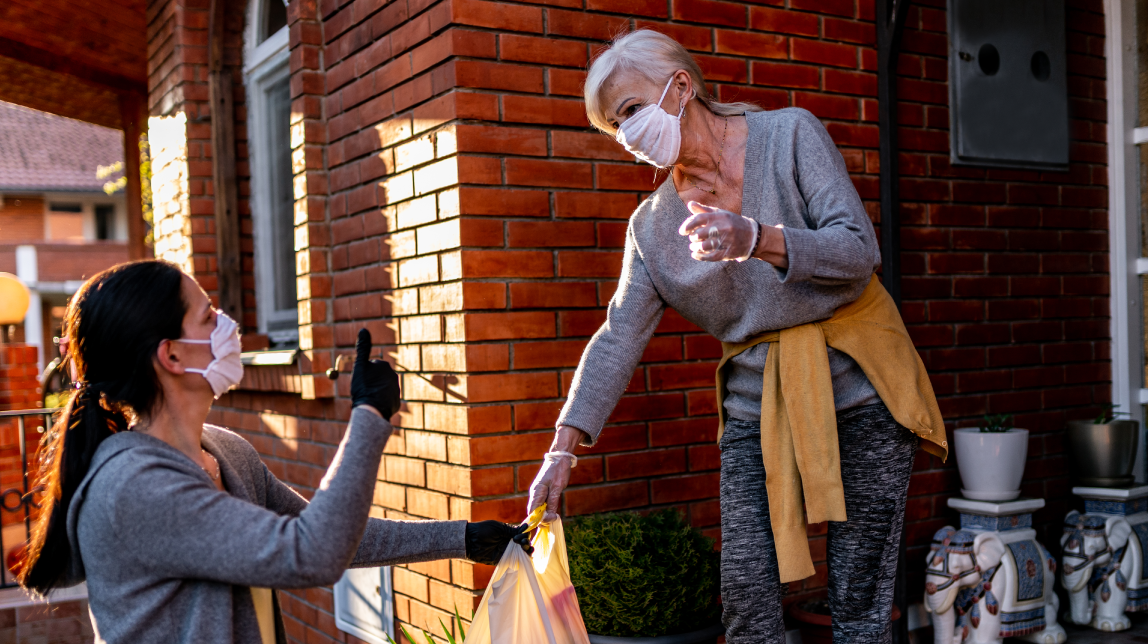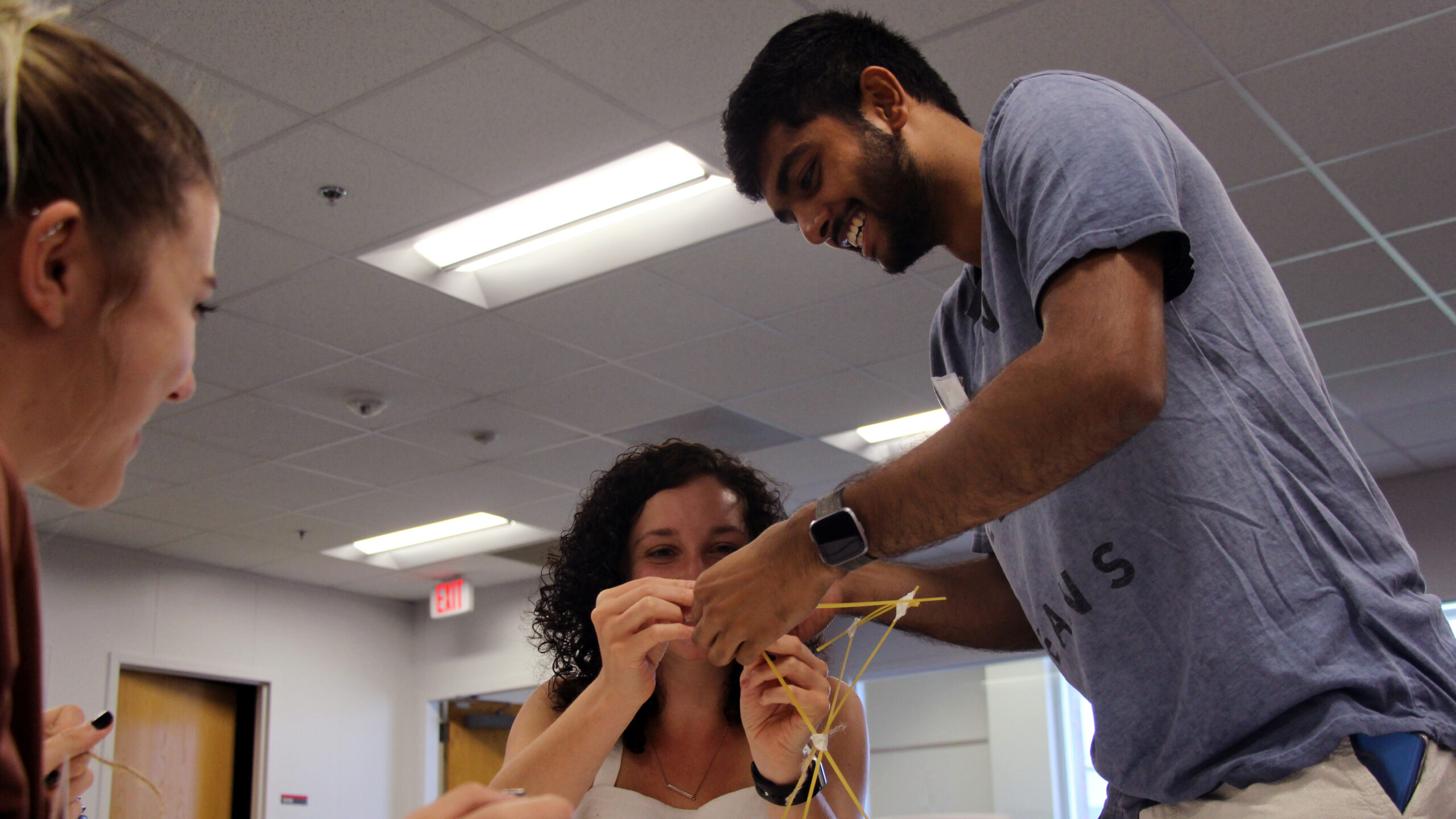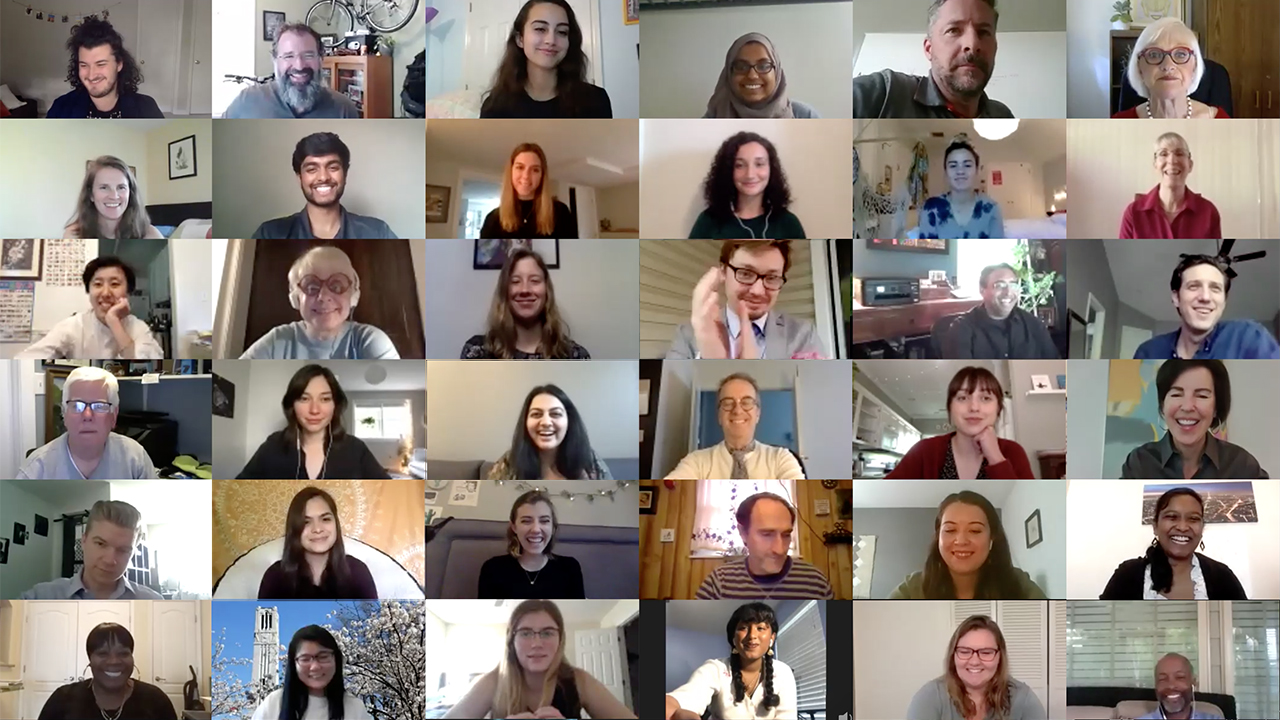How Can I Tell Which Charity to Support During This Crisis?

Editor’s Note: This is a guest post by Amanda J. Stewart, an assistant professor of public administration at NC State whose research focuses on nonprofit organizations and foundations.
During periods of economic recession or following a natural disaster, the nonprofit sector can experience a perfect storm where demand for its services grows at the same time its resources are disrupted. The current COVID-19 crisis has the nonprofit sector facing challenges on an unprecedented scale. So, yes, nonprofits need our help. But how can we determine which organizations to support?
If the need you are seeing in the media has got you thinking about being generous, or if you are anticipating using your federal cash payment for the greater good, here are some things you may want to consider:
- Some nonprofits are providing essential services. Here in North Carolina, many nonprofits qualify as essential services – including health centers and hospitals that respond directly to those suffering, as well as human service and other nonprofits that respond to local community need – such as organizations feeding the hungry. These nonprofits require sustained support in order to meet the increasing need.
- Nonprofits need cash. While measures of the CARES Act provide relief to certain segments of the nonprofit sector, these organizations need resources now. We may be inclined to donate what we have on hand – such as groceries, used clothing or household items. Yet experience tells us that nonprofits need financial donations most of all – they have their own bills to pay, including staff salaries, and know best what their clients need. And remember that the CARES Act also enables an “above the line” charitable deduction for your 2020 tax filings for gifts of up to $300 to certain qualifying nonprofits.
- Generosity can be specific to these times. We are seeing tales of creative generosity in action – face masks being sewn, remote volunteering options and socially safe distant blood drives are a few examples. Consider what generosity looks like in your neighborhood or what is within your capabilities – while maintaining a safe social distance and public health precautions. Random acts of kindness, looking out for the elderly and infirm, phone or video conferencing check-ins – these all have value. Also remember that following general public health guidance about COVID-19 and following state and local guidance restricting contact and outings are also means of acting responsibly and generously.
- Give responsibly – but be aware that some “responsible giving” criteria are biased. Guidance written to inform giving under normal circumstances still holds true. However, it’s important to note that these criteria are biased in favor of big, professional nonprofits that update their credentialing information on Guidestar or other similar nonprofit rating sites or have resources for creating polished annual reports. Plenty of smaller, more grassroots efforts are being responsive to COVID-19. In making a decision of where to donate during these times, use your best judgment and look for signs of legitimacy and accountability. For example, is the nonprofit still maintaining operations in order to provide relief during COVID-19? Do they talk on their website or other materials about what they do with the donations they receive? Do people you trust donate to them? Do they have financial information available on their website, like their most recent tax filing? You can also contact your local 211 to find out who is active in providing resources in response to COVID-19, do a general online search looking for calls for donations or media coverage, or contact people you trust. You can even look at where faith communities in your area are directing donations.
- Nonprofits are often local businesses. Following campaigns to support and buy local, nonprofits are businesses too – though they serve a mission that may benefit the public interest. Just as you may make consumer choices to support businesses and operations that you want to see reopen or resume after the “stay at home” restrictions have passed, consider the nonprofit causes you want to see sustained. For example, if you were a patron of the arts prior to COVID-19, consider donating to that arts nonprofit where you attended performances or exhibits. If you supported an environmental cause prior to COVID-19, that issue persists even during these times – and that nonprofit could use your support. These nonprofits still have expenses and must maintain capacity to be ready to resume after we are all able to return to normal.
The U.S. nonprofit sector has been referred to as the resilient sector, weathering seasons of hardship and renewal. In these disrupted days, we can all help play a role in reaching the next season of renewal for the sector.
- Categories:


